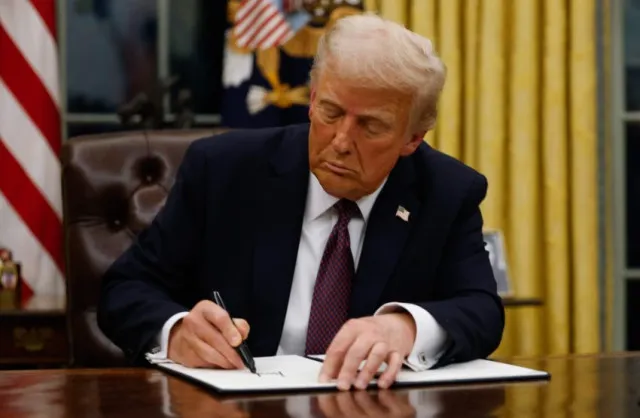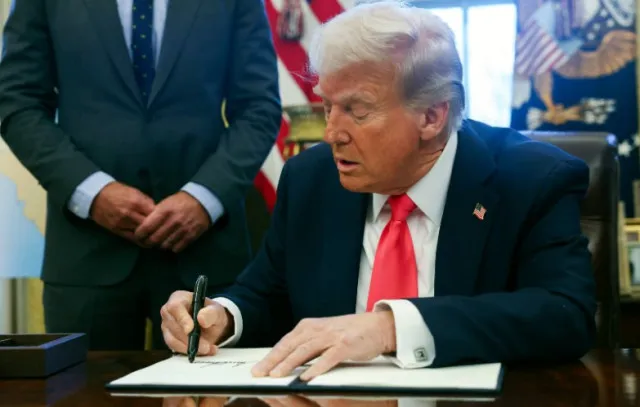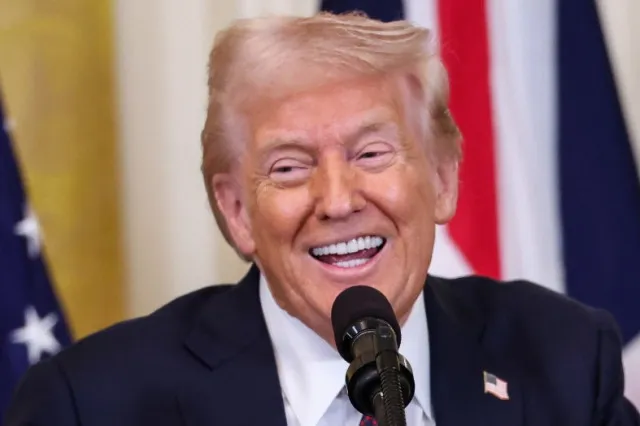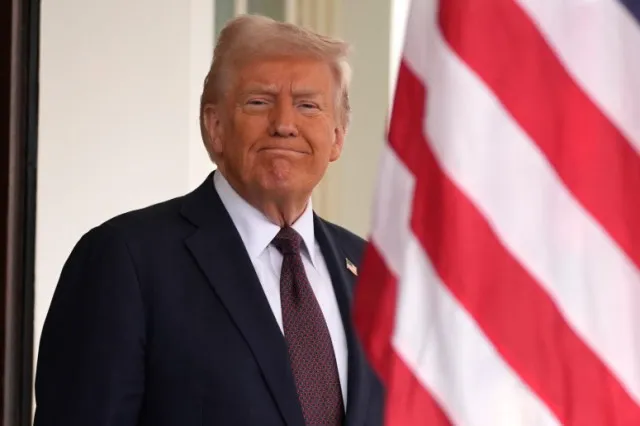The United States is on the verge of a historic policy shift as former President Donald Trump prepares to sign an executive order declaring English as the nation’s official language. This decision, which has been a point of debate for decades, could significantly impact government communication, education, and civic engagement. While some see it as a move toward national unity, others fear it may marginalize non-English speakers.

A Historic Move for the United States
Unlike many other nations, the U.S. has never had an official language at the federal level. Although English is the predominant language, previous administrations have upheld policies that provide linguistic support to diverse communities. Trump’s executive order would mark a major departure from that approach, emphasizing the use of English in all official government interactions.
For decades, the debate over making English the official language has surfaced in political discussions, but no action has ever solidified it into law. Now, with Trump’s renewed push, this long-standing debate is back at the forefront of national policy discussions.

Addressing Concerns About Language Barriers
During his presidency, Trump frequently voiced concerns about the challenges faced by non-English speakers in the U.S. He often criticized the need for government resources to accommodate multiple languages, suggesting it created inefficiencies.
Trump once remarked, “We have languages coming into our country that nobody here has ever heard of. It’s a very horrible thing.” His stance has been clear—he believes that making English the official language would promote unity and strengthen national identity.
Reversing Clinton-Era Language Assistance Mandates
One of the most immediate impacts of this executive order would be the reversal of a federal mandate from the Clinton administration. This mandate required government agencies to provide language assistance services for individuals with limited English proficiency.
With Trump’s order, federal agencies may no longer be required to offer multilingual services, which could have major implications for millions of Americans who rely on government resources in their native languages.
Supporters argue that eliminating these services will encourage immigrants to learn English faster, while opponents fear it may lead to communication barriers, particularly in critical areas such as healthcare, legal services, and education.

Goals of the Executive Order
Trump’s order aims to:
- Encourage civic engagement – By promoting a single language, Trump believes it will create a stronger sense of unity among citizens.
- Improve government efficiency – Reducing the need for translation services could save government agencies time and resources.
- Streamline official communications – A standardized language policy would simplify interactions between citizens and government agencies.
While these goals appeal to many of Trump’s supporters, critics argue that the executive order could disenfranchise millions of people who are not yet fluent in English.
Impact on Government Agencies and Public Services
If the executive order goes into effect, government employees will need to adapt quickly. Federal agencies may need to justify the use of multilingual services, and local governments in diverse communities may have to adjust their operations.
This could particularly affect areas with large immigrant populations, where local governments often provide information in multiple languages to ensure accessibility. Critics argue that cutting multilingual resources could lead to confusion and inefficiencies rather than streamlining government functions.

Public Reactions and Social Media Buzz
As expected, Trump’s announcement has sparked a heated debate. Supporters claim this move will help unify the country by reinforcing a common language, making it easier for all citizens to engage with government processes.
However, opponents believe the policy is exclusionary and could lead to discrimination against non-English speakers. Many also question the necessity of such an order, given that English is already the dominant language in the U.S.
Social media platforms have been flooded with reactions:
- One user questioned: “Is that British English or American English?”
- Another wrote: “So… he’s making an official language that he doesn’t even understand!”
- A third user suggested: “He should make an executive order renaming the language to ‘American’ instead of ‘English.’”
- Someone else criticized the move, saying: “This is a complete waste of time, just like changing the name of the Gulf of Mexico. What a clown show!”
While Trump’s supporters see the order as a necessary step, critics argue it’s an unnecessary distraction from more pressing national issues.

Will This Executive Order Stand the Test of Time?
Though Trump is determined to push this policy forward, legal challenges are almost inevitable. Many civil rights groups and immigrant advocacy organizations are expected to challenge the order, arguing that it disproportionately affects non-English-speaking communities and could violate existing anti-discrimination laws.
Additionally, future administrations could reverse or modify the order, making its long-term impact uncertain.
Conclusion
Trump’s executive order declaring English as the official language of the U.S. is a bold and controversial move. While it aligns with his vision of strengthening national unity and streamlining government functions, it also raises concerns about accessibility and inclusivity.
Supporters hail it as a necessary step to reinforce a shared American identity, while critics argue it could alienate millions of people and create unnecessary barriers. As the debate intensifies, one thing is certain—this executive order will have lasting political and social implications for the country.